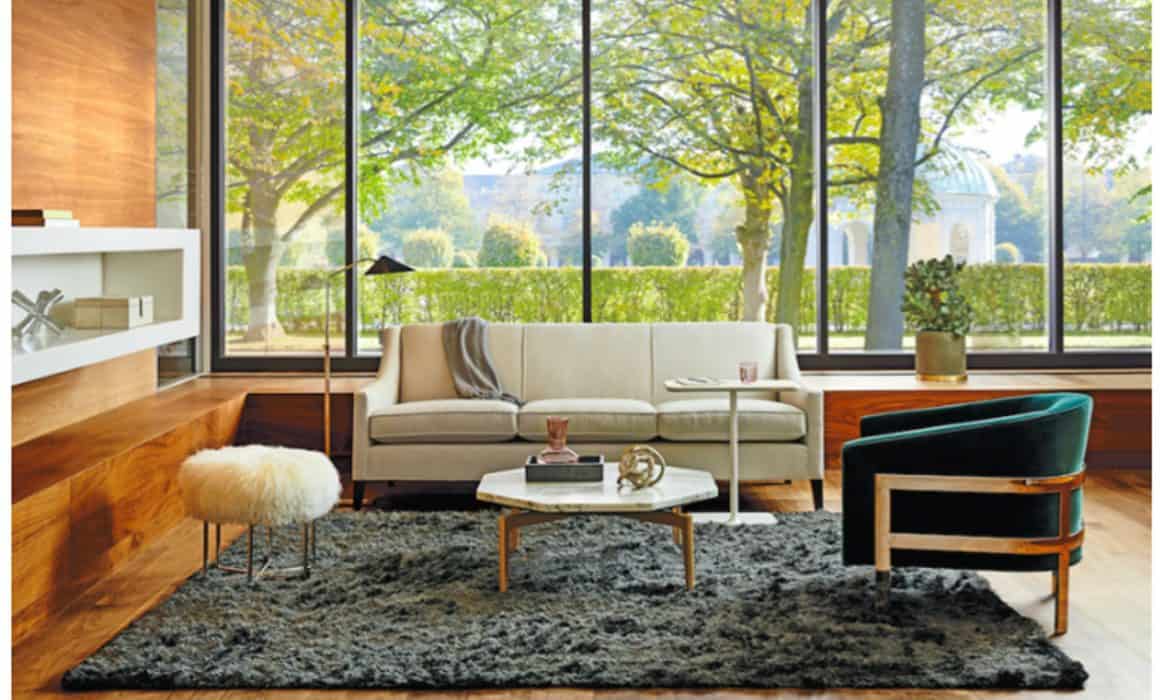Refresh Your Facility with Resimercial Design Fundamentals
Today, facilities have very different expectations in terms of design features and amenities than they did five years ago. Interior designers have begun to implement various design strategies to meet the changing needs of facilities. In order to increase sales by creating a warm and inviting space as well as commercially functional and durable, resimercial design has become a preferred design when renovating or creating a new public space.
WHAT IS RESIMERCIAL?
Resimercial design can be described as a layout, finish and/ or furnishing style that brings together the feeling of home with the use of residential design aesthetic and commercial quality materials. It is also referred to as a hybrid of residential interior design and commercial design. Resimercial design values commercial quality products with residential-inspired features over the standardized feel of corporate furnishings and finishes.
KEY FEATURES TO FOCUS ON:
Variability. Comfort and character are the driving forces in resimercial design, but many people define these aspects differently. From an open floor plan that helps to facilitate group activities, to a quiet secluded space where residents can drown out noise, to a relaxing informal area where people can sit and chat – each design style has a place in a public gathering environment.
Longevity. This coming together of what were traditionally two very different markets can largely be credited to contract furniture manufacturers taking cues from crafted hospitality and residential furniture. Residential furniture provides softer lines and a combination of materials that have a more handcrafted feel. In contrast, commercial furniture has historically been bulkier and more monolithic in order to satisfy the functional requirements of high traffic wear and tear. Years ago, the majority of residential fabrics and furniture were not created for high-volume use and couldn’t be used in public spaces, such as a Clubhouse. Now, many manufacturers and suppliers offer residential-inspired furniture and fabrics that are of commercial quality.
Furniture designers and artisans are creating pieces that support an array of postures and resemble the soft curves and textures that you may find in a home. Integrity and durability are key when looking to incorporate residential furnishings for commercial use. Residential furniture is not made for multiple people sitting on it for long periods of time, so it is going to show wear and tear much sooner. Also, they often don’t carry the same warranties, weight capacity, flammability testing, or stain and wear resistance.
Manufacturers have done a great job at answering that call and thinking outside the box, in producing furniture that looks more like art, while still being functional and durable. The availability of those decorative yet functional pieces at any price point has allowed commercial interior designers far more freedom and flexibility in creating interesting spaces.
When blending residential and commercial aesthetics, Design Alternatives specifies soft seating in subdued colors, such as browns and grays. The warmer palette offers the ‘homey’ feel. Additionally, lighting, accessories, wall and window treatments play a critical role in creating that comfortable atmosphere.
Commercial fabric manufacturers have started to soften offerings that are exceedingly durable, incorporating more residential patterns. Overall, this offers a far more inviting look and feel to the way contract furniture sits in a room. Seating doesn’t appear to be as stiff or rigid through the use of both softer lines and softer cushions.
All Aspects of the Design. Clients are asking for lobbies and collaborative areas in their facilities that feel more like living room spaces to encourage a level of comfortability that was largely absent. People enjoy and want to spend time in an environment where they feel comfortable and small changes to these details will help to make your facility feel more inviting and comfortable. The use of technology in all gathering spaces is also now incorporated into all spaces and an entire topic all by itself!!
WHY GO RESIMERCIAL?
Creating a friendly, functional and inviting environment — whether in a lobby, card room, bistro, etc. — will only continue as the Resimercial trend’s popularity grows. The “residential feeling” and use of appropriate interior design finishes while choosing the right pieces of furniture and accents to make this design work is imperative.
If you would like to incorporate resimercial Design in your clubhouse, lobby, office or facility, contact Design Alternatives for a free on-site consultation.



